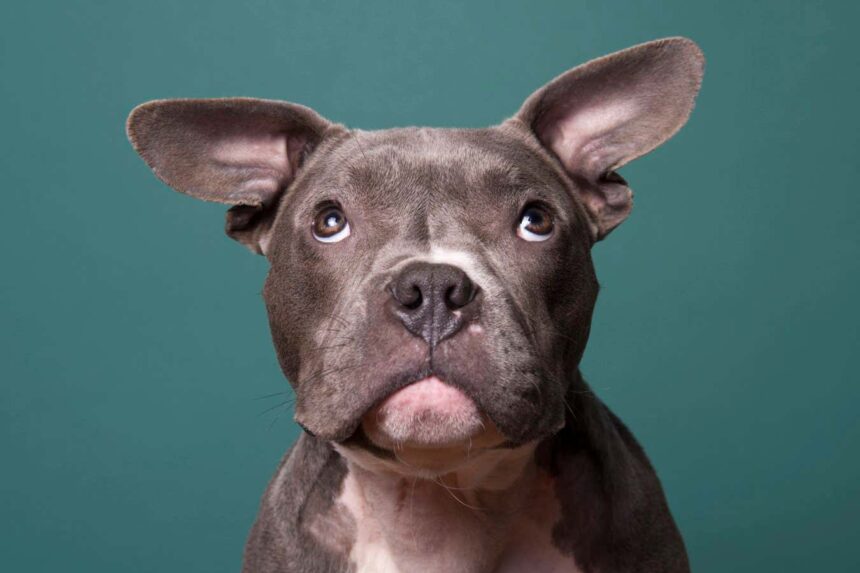“Oreo was my finest good friend rising up,” says Brian Hare. If Hare wished to hone his baseball pitching expertise, his Labrador enthusiastically took on fielding duties. If he determined to discover the close by woods, Oreo was an ever-willing companion. However there was one place the place boy and canine at all times parted firm. “Oreo by no means set foot in our home. Not one time,” says Hare.
Right now, the entrance door is now not closed to most canines in higher-income international locations – and lots of spend their days stress-free on sofas and watching TV. You’d suppose they’d be in doggy heaven. However Hare, an evolutionary anthropologist at Duke College in Durham, North Carolina, thinks the event has left them within the doghouse. For millennia, he says, we anticipated canines to protect our property and shield our household at nighttime. Now, we have now a distinct set of expectations. Not solely do we wish our indoor canines to be pleasant round strangers and relaxation quietly via the night time, they need to additionally reply to potty coaching, chorus from chasing different animals and maintain their soiled toes off the upholstery. “It’s an evolutionary mismatch,” says Hare.
The excellent news is that this downside is solvable. A glut of latest research point out that selective breeding and cautious coaching may also help canines adapt to indoor life. In the meantime, Hare and his workforce have arrange a “pet kindergarten” of their lab to drill down into the behaviours required and shed new gentle on canines’ cognitive developmental milestones. Higher but, the researchers have devised strategies…







